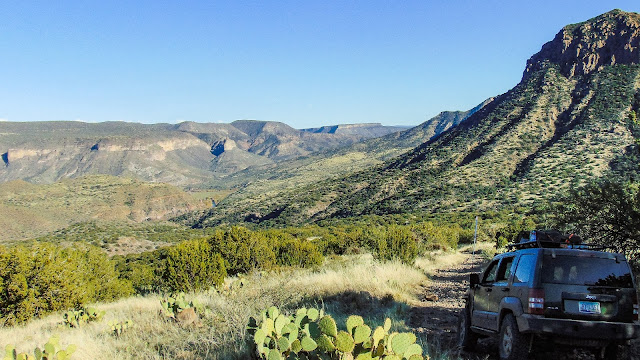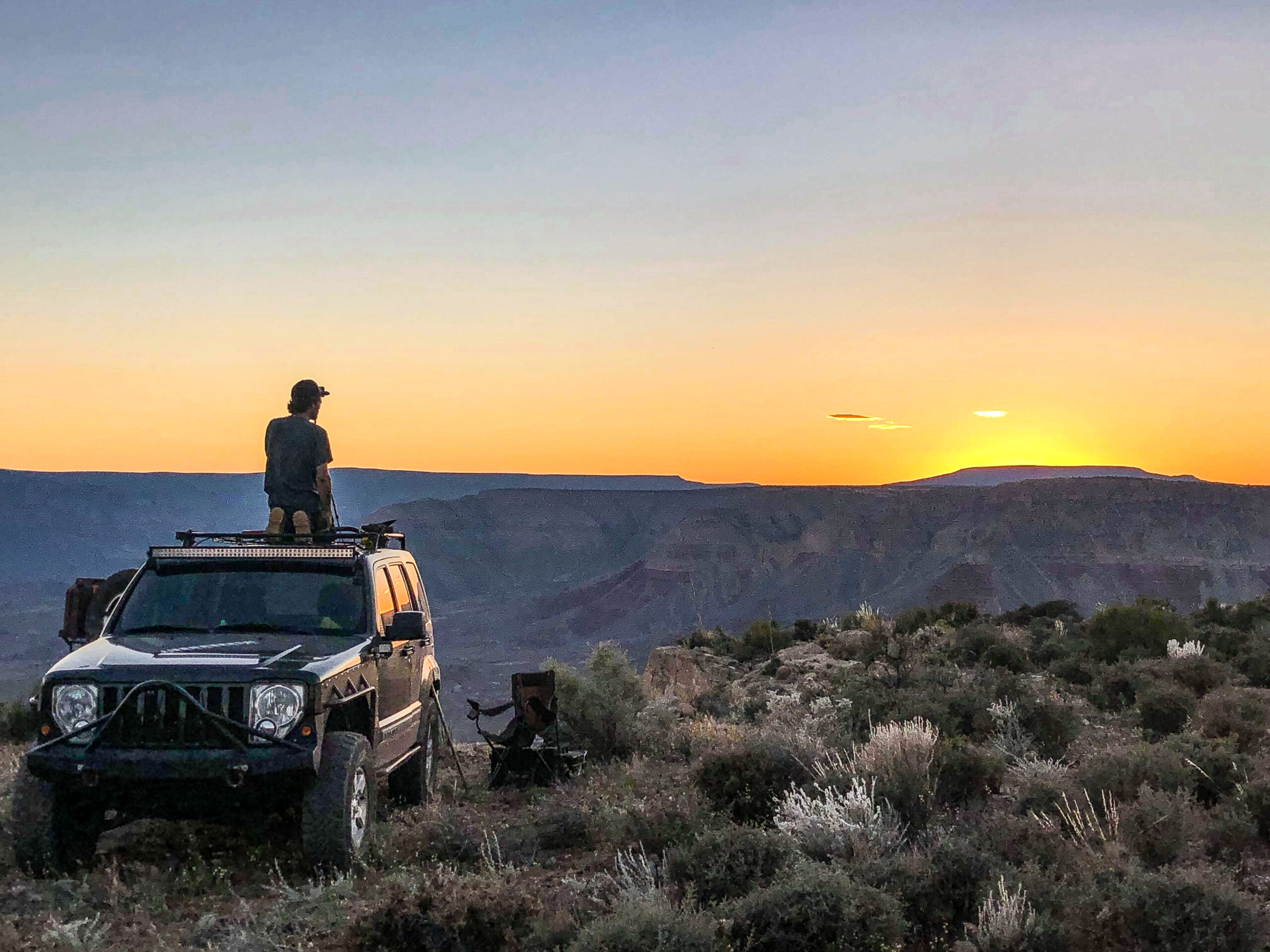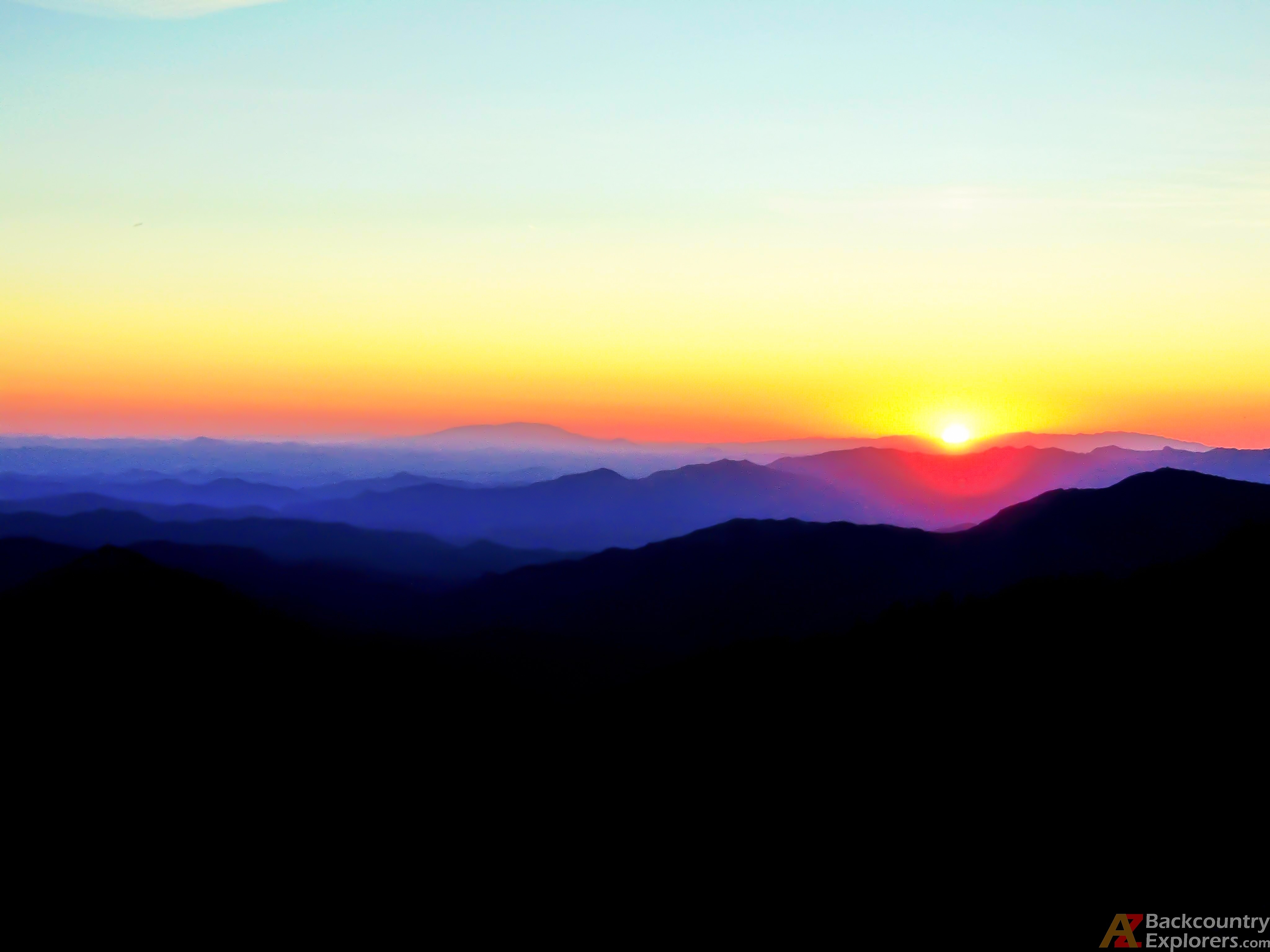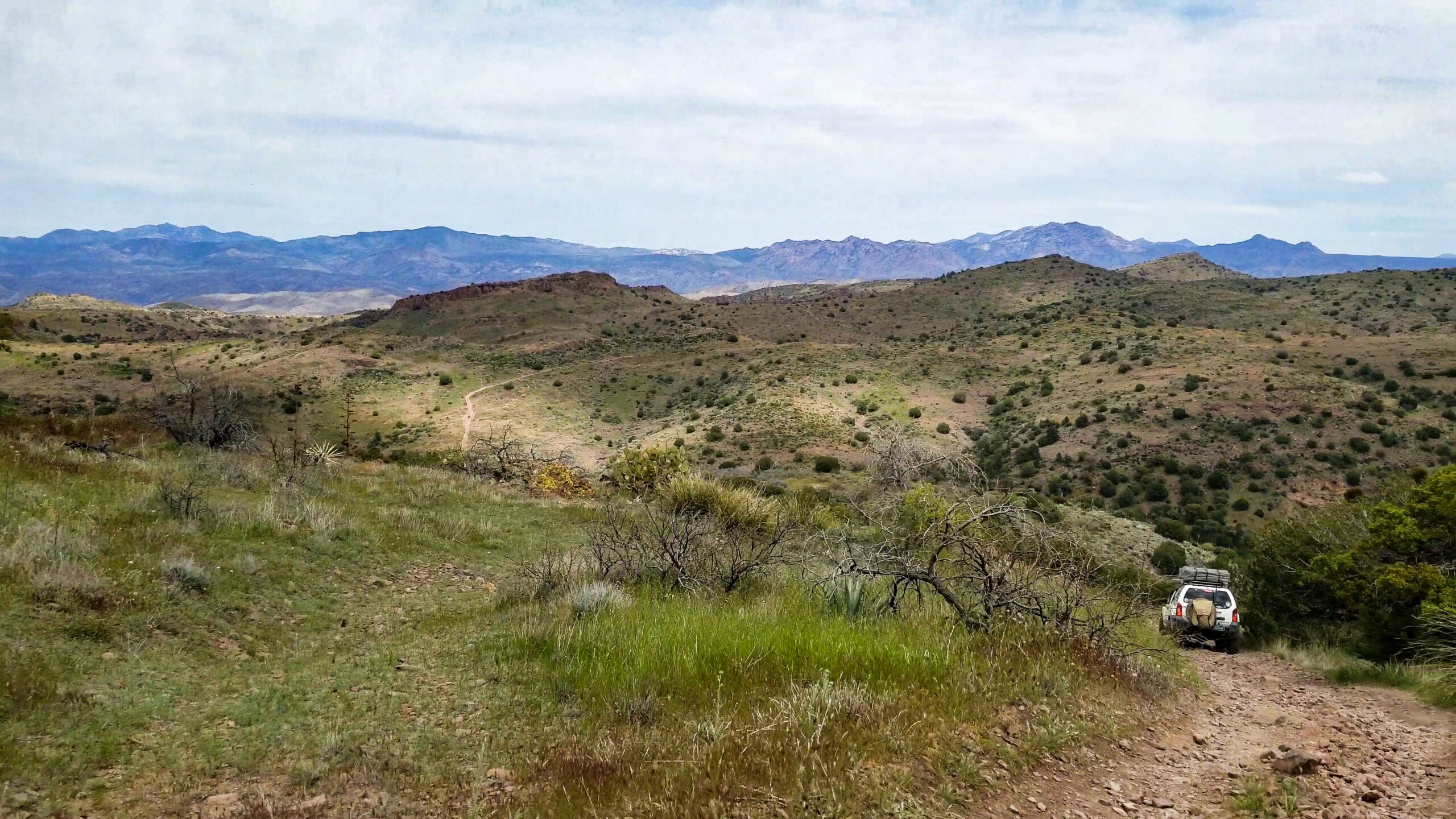Your cart is currently empty!
Posted in
Adventuring solo can come with consequences. Are you prepared?
No cell phone, computer screen, or fellow human to distract. No bright lights, police sirens, or pavement to remind you of day to day life. We do it because sometimes, we need to get away from it all. However, adventuring alone can come with some significant consequences.
Don’t fall victim to Mother Nature.
When something goes wrong, many are unprepared. Often, these people are new to the outdoors, elderly, or have serious medical conditions. At the same time, there appears to be a sense of arrogance. Don’t think you can escape the dangers of the Arizona backcountry. Even those of us who have spent our entire lives in the backcountry can be overtaken by the elements.
Everything in Arizona will poke, stick, and bite. Many creatures carry toxic venom. Although most are generally not deadly to humans, some may cause harmful allergic reactions. A simple bee sting can put some people down for hours, tragically ending with dehydration or other issues. Many unforeseen incidences can occur. Vehicle break downs, vehicle fire, rollover, bodily injury, and flash floods, to name a few.
The dangers are endless, and if you venture into the backcountry alone, you better be well prepared.
Everyone should know the basics. Water, water, water, food, water, personal water filter, maps, GPS, and more water. When it comes to saving your own life in the backcountry, you have no choice but to get out of the situation or get help quickly. But some never make it that far.
We have heard many stories of loss of life in the backcountry of Arizona. It’s a sad a common occurrence during the summer months. Many have reached out to our Facebook group in search of loved ones. Individuals all over Arizona gather like a modern-day posse to retrieve them as quickly as possible. Unfortunately, it never ends well.
I thought I would go over a few options I use every weekend. My survival skills and experience in the Arizona backcountry are excellent. However, I, too, have come close to disaster. I’ve been stuck in flash floods in my Jeep. I’ve been in precarious situations needing a tow strap. I’ve had cholla stuck in my eye 4 miles down a hiking trail. I’ve been stuck on the side of a cliff, free climbing with nowhere to go. I’ve been cornered by rattlesnakes in a mine shaft. I’ve come face to face with a Mountain Lion twice.

These three things are essential tools in the survival pack.
Personal Location Beacon (PLB)
Technology today has advanced past most people’s knowledge. The ability to track yourself, check-in with loved ones, and even activate an SOS to call Search, and Rescue can be done. For the solo explorer, this is the most reliable option of all. Using a handheld Personal Locator can save your life during a bad situation.
Unlike cellphones that rely on cell towers to communicate. Personal Locators use satellites and can be used anywhere in the world. You can use a PLB to send and receive messages and location data to loved ones. Likewise, your loved ones can view your location on google maps. It’s a great tool to keep in contact while off the grid.
The SOS feature is by far the most important. Only to be used in a life-threatening situation, a PLB allows you to send a message of distress to The GEOS International Emergency Response Coordination Center (IERCC). The service is available in over 170 countries. GEOS will respond to and coordinate your rescue from beginning to end while keeping in contact with you.
There are many PLBs or similar devices on the market. The Garmin Inreach and SpotX doth do a great job. Although there is a considerable price difference, the Garmin unit provides more features like satellite radio and maps.
Travelers insurance and emergency medical extraction
Yup, you read that right. Emergency extraction is a thing for very serious explorers around the world. Many professionals hold travelers’ insurance specifically in case of an emergency. Journalists, Hollywood stars, politicians, and average Joe’s like you, and I use these services every day.
Once receiving your call for help, a team will be sent to quickly and safely extract you from a dangerous situation. These services are available worldwide and can include armed guards and strategic planning. Policies are reasonably priced and available per trip or a yearly fee.
After learning of this invaluable service, I quickly purchased a plan for myself and my son. I choose to go with Ripcord Insurance because of their 5-star reviews and the incredible services they provide. No matter what life-threatening challenge I face, I know Ripcord will be available to extract me via helicopter, or god forbid I ever need an armed security team to assist. After purchasing a one-year plan for $300, it’s the second-best peace of mind, not only for me but for my entire family.
HAM radio, APRS, and repeaters
HAM radio is an excellent tool and preferred method of communication for the offroad community. You can keep clear contact with a group of friends while on the trail. HAM radio enthusiasts frequently assist with communications during natural disasters and other incidents where a reliable connection is necessary.
For the solo explorer, a HAM radio can be a lifesaver. Most HAM units are useless when it comes to contacting help from long distances. However, the use of repeaters will allow you to broadcast a signal much farther.
A repeater is basically two radios. One radio to receive a signal, and a second to broadcast. When your radio is appropriately tuned to a repeater, your signal can be transmitted all the way across America. The repeater will pick up your signal and “repeat” or rebroadcast your signal. The result is your signal reaching a farther distance.
There are many different types of repeaters. I am by no means an amateur radio expert. I don’t think anyone is, to be honest. But I suggest reading this free copy of HAM Radio For Dummies I found if you want to learn more.
When paired with a smartphone, a HAM unit can provide additional features. However, because these features require an internet connection, they are rendered useless most of the time. Because an internet connection is required, a simple phone call or text message is sufficient.
APRS is a digital communications information channel for Ham radio. As a single national channel, it gives the mobile ham a place to monitor for 10 to 30 minutes in any area, at any time, to capture what is happening in ham radio in the surrounding area. Announcements, Bulletins, Messages, Alerts, Weather, and of course, a map of all this activity, including objects, frequencies, satellites, nets, meetings, Hamfests, etc. The APRS network has grown to most countries with substantial Amateur Radio populations.
Conclusion
The inherent and perilous risk we take exploring Arizona’s backcountry alone can be prevented with modern technology and learning how to use it. If you or your loved one adventure alone, even if it’s a short hike up Lookout Mountain, you should always go prepared. Going prepared is more than water and food, especially if you adventure as I do.
Being stranded in the grave, isolated backcountry of Arizona is not fun. Especially for those whose mobility is limited, health issues, or those who may be approaching the elder years. Your chances of survival are much higher, with one of the three solutions above. We want everyone to return home safely. I, for one, won’t heave home without my PLB.
Tags:
You may also like…

Visit the AZBackroads.com Store

Please Become A Member
We need your help to keep our backroads open. Please join today!









